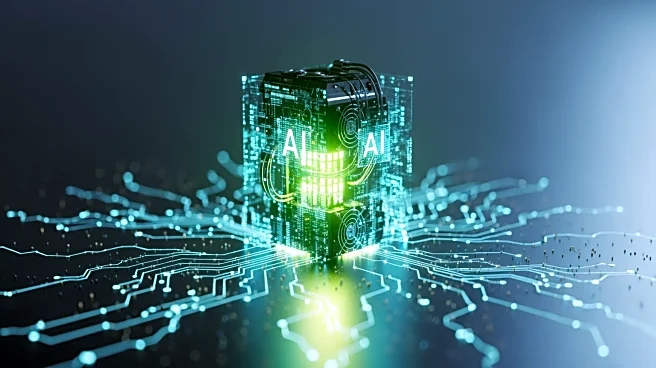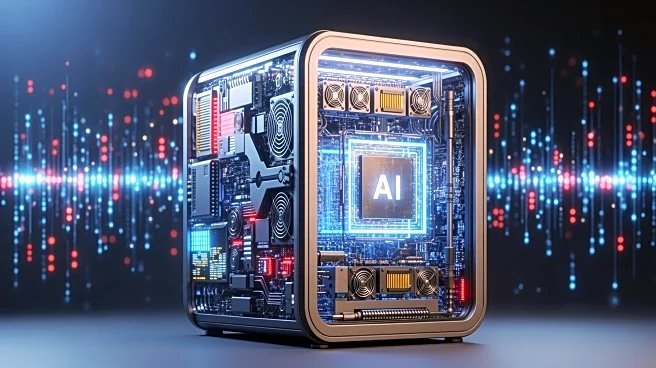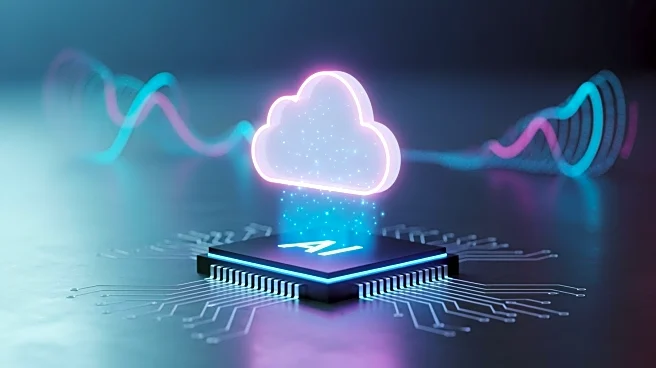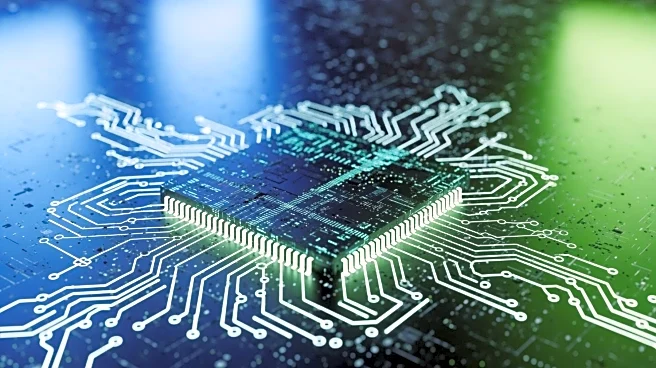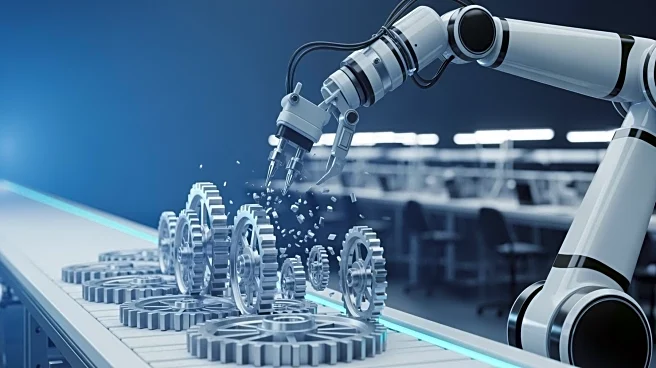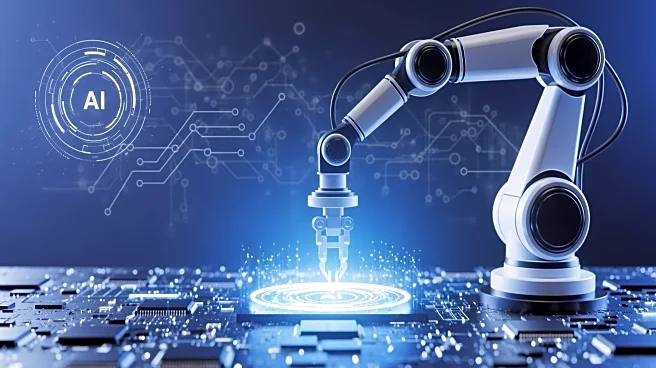What's Happening?
Bitcoin miners are increasingly redirecting their resources towards artificial intelligence (AI) as demand for AI computing power surges. Companies such as CleanSpark, Riot, and TeraWulf are leveraging
their existing infrastructure, including land and energy resources, to support AI workloads. This shift is driven by the promise of higher returns from AI compared to traditional cryptocurrency mining, which has been affected by competitive pressures and price volatility. The transition is further facilitated by the miners' access to affordable and consistent power, which is crucial for AI data centers.
Why It's Important?
The pivot of Bitcoin miners to AI represents a significant shift in the tech and energy sectors, potentially altering the landscape of both industries. For the tech industry, this move could alleviate some of the capacity constraints faced by major cloud providers like Google and Microsoft, who are experiencing delays in expanding their AI data center capabilities. Economically, this transition could lead to more efficient use of resources and potentially lower costs for AI services. However, it also raises questions about the long-term viability of cryptocurrency mining and its role in the digital economy.
What's Next?
As Bitcoin miners continue to transition to AI, it is likely that more companies will follow suit, potentially leading to increased competition in the AI infrastructure market. This could drive innovation and efficiency, but also pose challenges for traditional data center operators. Additionally, regulatory bodies may need to address the implications of this shift, particularly in terms of energy consumption and environmental impact.
Beyond the Headlines
The move towards AI by Bitcoin miners highlights broader trends in the tech industry, including the growing importance of AI and the need for sustainable energy solutions. It also underscores the adaptability of tech companies in response to market demands and technological advancements.


